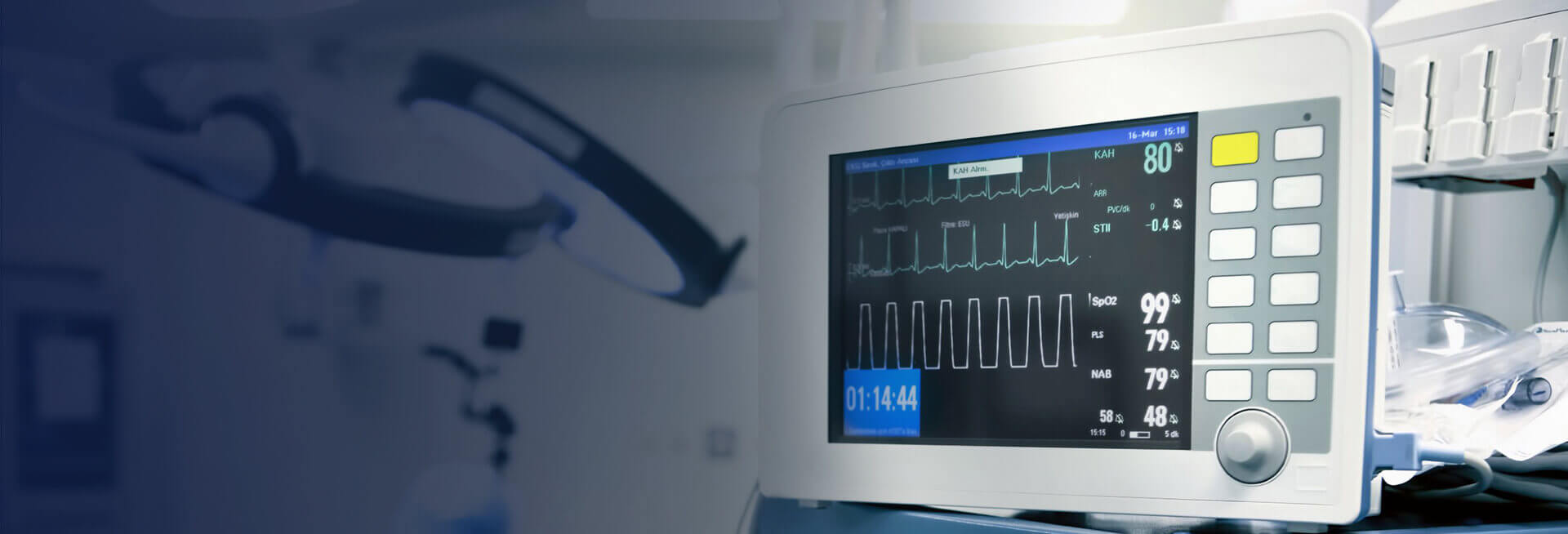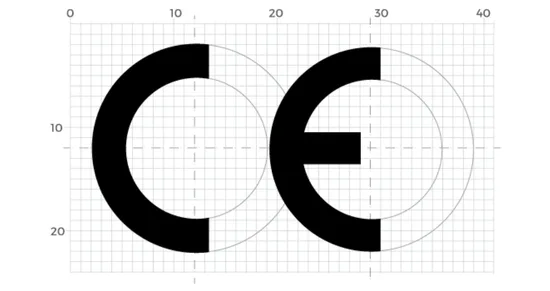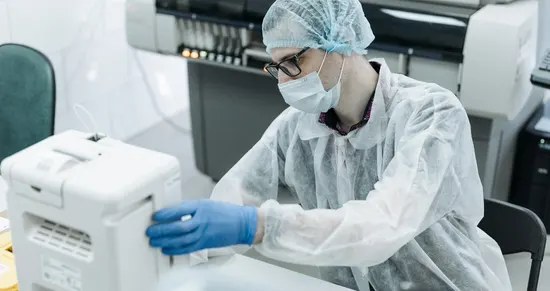The MDR (Annex XIV, Part A) establishes that, in order to demonstrate equivalence in relation to other devices, three characteristics must be considered when demonstrating equivalence: technical, biological, and clinical. These characteristics shall be investigated and differences between devices should be disclosed.
Demonstration of equivalence shall be performed as per the requirement of Part A, section 3 of Annex XIV of EU-MDR.
Click on Demonstration Of Equivalence Template
The following technical, biological, and clinical characteristics shall be taken into consideration while performing equivalence:
| Equivalence | MDR, Annex XIV Part A (3) | MEDDEV 2.7/1 rev 4, Appendix A1 |
| Technical | - The device is of similar design;
- is used under similar conditions of use;
- has similar specifications and properties including physicochemical properties such as intensity of energy, tensile strength, viscosity, surface characteristics, wavelength and software algorithms;
- uses similar deployment methods, where relevant; has similar principles of operation and critical performance requirements.
| - Be of similar design, and
- Used under the same conditions of use, and
- hhave similar specifications and properties (e.g. physicochemical properties such as type and intensity of energy, tensile strength, viscosity, surface characteristics, wavelength, surface texture, porosity, particle size, nanotechnology, specific mass, atomic inclusions such as nitrocarburizing, oxidability), and
- use similar deployment methods (if relevant), and
- have similar principles of operation and critical performance requirements
|
| Biological | The device uses the same materials or substances in contact with the same human tissues or body fluids for a similar kind and duration of contact and similar release characteristics of substances, including degradation products and leachables. Exceptions can be foreseen for devices in contact with intact skin and minor components of devices; in these cases, risk analysis results may allow the use of similar materials taking into account the role and nature of the similar material. | Use the same materials or substances in contact with the same human tissues or body fluids. Exceptions can be foreseen for devices in contact with intact skin and minor components of devices; in these cases, risk analysis results may allow the use of similar materials taking into account the role and nature of the similar material. |
| Clinical | The device is used for the same clinical condition or purpose, including similar severity and stage of disease, at the same site in the body, in a similar population, including as regards age, anatomy and physiology; has the same kind of user; has similar relevant critical performance in view of the expected clinical effect for a specific intended purpose. | - Be of similar design, and
- used for the same clinical condition (including when applicable similar severity and stage of disease, same medical indication), and
- used for the same intended purpose, and
- used at the same site in the body, and
- used in a similar population (this may relate to age, gender, anatomy, physiology, possibly other aspects), and
- not foreseen to deliver significantly different performances (in the relevant critical performances such as the expected clinical effect, the specific intended purpose, the duration of use, etc.)
|
| Conclusion | The characteristics listed in the first paragraph shall be similar to the extent that there would be no clinically significant difference in the safety and clinical performance of the device. Considerations of equivalence shall be based on proper scientific justification. | For assuming equivalence, – all three characteristics (clinical, technical, biological) need to be fulfilled; – similar means that no clinically significant difference in the performance and safety of the device would be triggered by the differences between the device under evaluation and the device presumed to be equivalent |
MDCG 2020-5 Annex I, an example is provided for the table that can be used to demonstrate equivalence. This includes an exhaustive list of all the characteristics to be assessed, also an additional column is there which includes information on the result of this assessment and any identified difference. At the end of table, a scientific justification why there would be no clinically significant difference in the safety and clinical performance of the device is expected.
Maven Profcon Services LLP can assist medical device manufacturers with the demonstration of equivalence in compliance with the requirements of EU MDR 2017/745, and MEDDEV 2.7.1 rev. 4 and MDCG 2020-5 guidance document.







